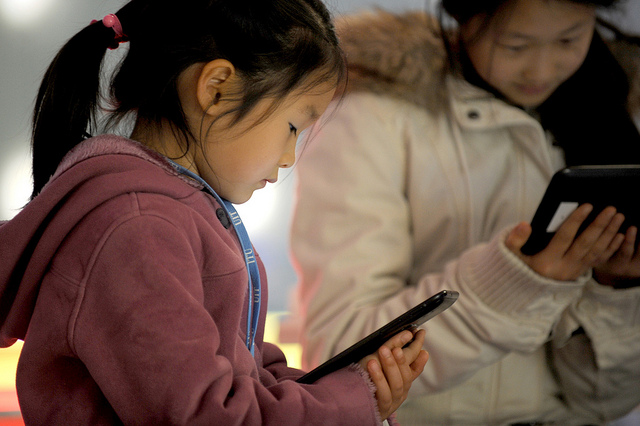Setting limits on screen time is one of the most common concerns expressed by parents of 21st century children. Parents look to childcare experts for guidance on this controversial topic and expect clinicians to have recommendations about how much screen time is good for kids. While there are no hard and fast rules that are strictly supported by research, the recommendations made by the American Academy of Pediatrics (AAP) of “less than one or two hours per day; in children under 2, discourage screen media exposure” are widely accepted. A more nuanced approach is taken by our team at LearningWorks for Kids, where we agree with Commonsense Media that technology plays a major role in children’s learning recreation. Our approach at LearningWorks for Kids is to emphasize a healthy and balanced “Play Diet, which ensures that children engage in physical, social, creative, and unstructured play in addition to time with digital play.
AAP’s recommended screen time limits are unrealistic, given that children between the ages of 8 and 18 spend more than 7 hours and 30 minutes a day engaged with digital media. Some of the time spent with digital media includes listening to music and using the computer for homework. However, the average 21st century child spends 4 to 5 hours a day in front of screens for entertainment. For most kids this is too much time, primarily because it takes away from opportunities to engage in other types of play and activities.
We have written extensively about a variety of methods for setting screen time limits based upon a child’s individual needs, a family’s sensibilities, a child’s developmental levels, and the selection of content of screen-based activities. The following guide is designed for clinicians to initiate a discussion with parents about screen time limits but should not be viewed as a strategy that meets the needs of all kids and families.
| Age | Time | Considerations |
| 0-24 mo. | Limited | Screen time should always be in the company of an adult and should be seen as secondary to sensory, motor, and interpersonal experiences. |
| 2-5 yr. | 1 hr/day | Technology should be selected by an adult, and the use of it should still be at least partially supervised. Physical and social activities remain the priority, but the use of technology may help preschoolers to learn early academic skills. |
| 6-9 yr. | 90 min/day | Technology should be selected by an adult who has given consideration to the level of violence and other inappropriate material it might contain. Although games and technology have become a part of peer activities and socialization, it is important to set limits at this age to avoid problems in the future. |
| 10-13 yr. | 90-120 min/day | Parents should closely monitor online access and content and begin to talk with their children about the appropriate use of technology. Enforce and model appropriate technology use |
| 14+ yr. | 120 min/day | Continue discussion and supervision of online behavior. Technology is a crucial part of academics and social interactions. More freedom to use technology should be granted, but only once it is earned. |




